How to Choose the Best Hearing Protection for Your Needs (7 Factors to Consider)
-
Chris Dinesen Rogers
- Last updated:
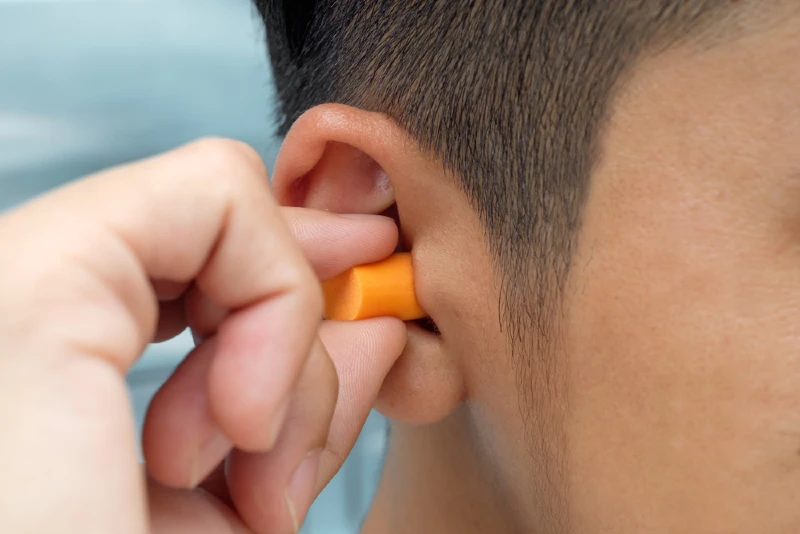
Humans aren’t well-equipped when it comes to sound. We can hear all right when it comes to talking and watching TV. However, our dogs can hear four times better than we can, with cats exceeding them. The fact remains that sound can cause permanent hearing loss and even kill you if it’s loud enough with an unsafe time of exposure. That’s why it’s imperative not to skimp on the best protection.
It’s easy to dismiss noise as merely annoying, like your neighbor running the leaf blower for seemingly hours on end. That discomfort you feel is a red flag. Our guide will help you choose the best product to ensure your safety and comfort.
The 7 Factors to Consider When Choosing the Best Hearing Protection
1. Typical Usage
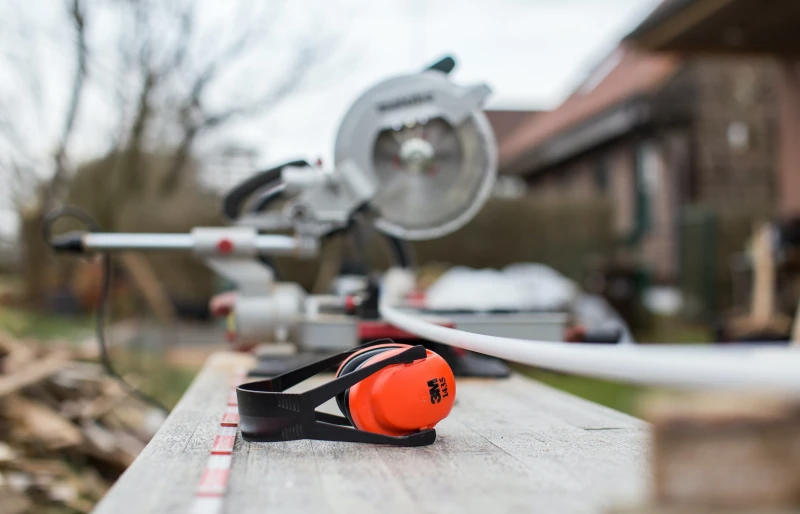
The first thing to consider is your typical usage for ear protection. Two main types exist: ear plugs and ear muffs. Some are better suited to specific situations than others. The former includes the foam kind that you can compress and stick inside your ear. It does an excellent job of noise-canceling. They’re also easy to use and tuck away in your pocket when you don’t need them.
Ear muffs don’t filter out as much noise, but they come in handy when you have to take your ear protection on and off while wearing gloves or if you’re working in a dusty environment. They’re also a decent choice if you have to remove them frequently to communicate with your co-workers. Frankly, sometimes you don’t want complete noise cancellation for safety reasons.
2. Work Environment
The next factor to consider is the work environment. Ear muffs could be a blessing in the winter and a curse in the summer as temperatures soar. If you wear glasses, have a beard, or work in a confined space, you may find that earplugs offer a better solution that minimizes disruptions to your work. You might find them preferable if you work outside during the warmer months.
3. Decibel Level
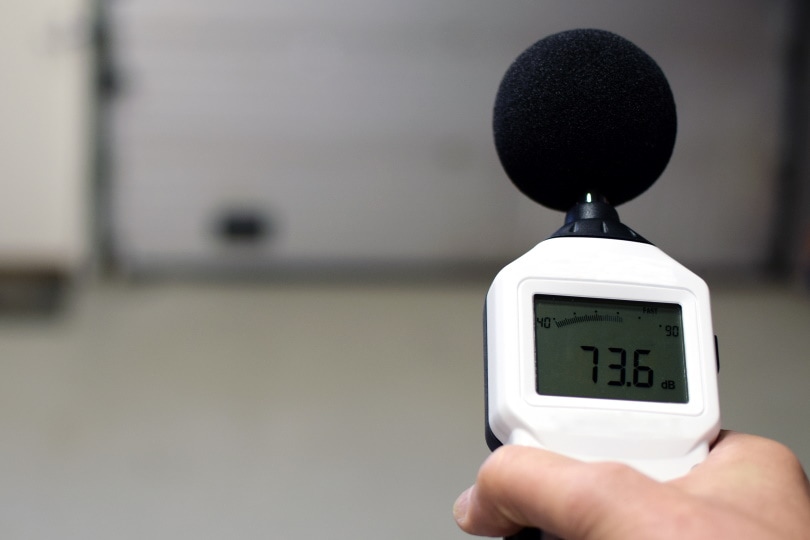
The decibel level (dB) is the money shot when discussing ear protection. It’s one of two metrics that scientists use to quantify sound. It describes how loud something is. It starts at 0 and goes up from there. The other is hertz (Hz), which measures the frequency of the sound waves. The audible range for humans runs from 20–20,000 Hz. However, the perception threshold is 20 Hz.
Normal conversation is about 60 dB. The leaf blower we mentioned before runs between 95–110 dB. According to the National Institute for Occupational Safety and Health (NIOSH), the risk of hearing loss starts at 70 dB, with 85 dB triggering workplace regulations. If you’re not sure how loud your work environment is, the NIOSH has a free iOS app that can measure it.
4. Duration
The other side of the coin is duration. It has an inverse relationship with dBs. The two together give you a better idea of when the risks start. The NIOSH provides clear guidance on loudness and exposure, with its recommended limit of 85 dB at 8 hours being the limit within these parameters. That figure is the equivalent of city traffic sitting inside a vehicle or using a hair dryer.
The risk of hearing loss at 85 dB is over 2 hours of exposure. Wearing headphones with the volume cranked up to 105 can cause adverse effects in as little as 5 minutes. The label on the ear protection you’re considering should have a Noise Reduction Rating (NRR). That tells you how much it will decrease the loudness or dBs when used correctly. Look for a product with at least a 15 dB NRR.
5. Personal Protective Equipment (PPE)
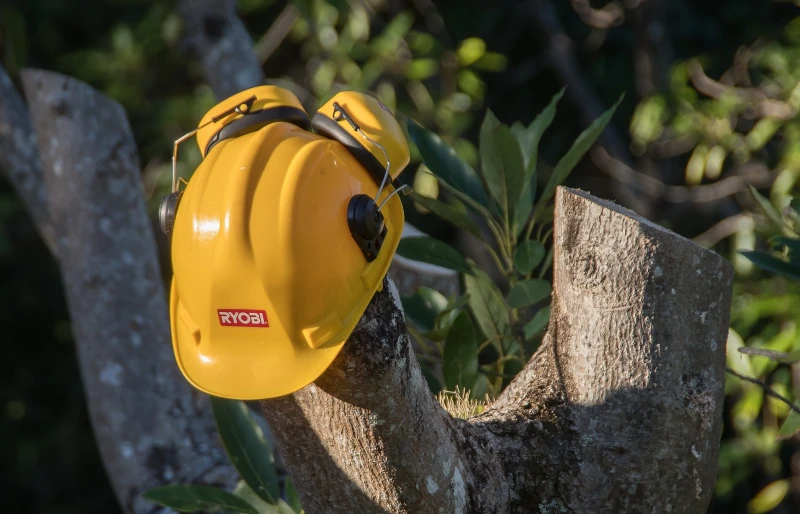
If you’re using ear protection, you’re likely using other personal protective equipment (PPE), such as a helmet or safety goggles. Therefore, another vital consideration is how earplugs or muffs will work with everything else you have to wear. We suggest trying everything out together for several minutes. It may feel all right at first, but you may find it interferes with your work. It’s best to find out now rather than later!
6. Comfort Factor
Comfort will probably trump many factors, especially if you have to wear ear protection for extended periods. It shouldn’t be a distraction. Instead, preferably, you won’t notice it after a while, not unlike wearing a hat or watch. If you’re constantly having to adjust it to make it comfortable, opt for a different product. After all, your safety is paramount.
7. Cost
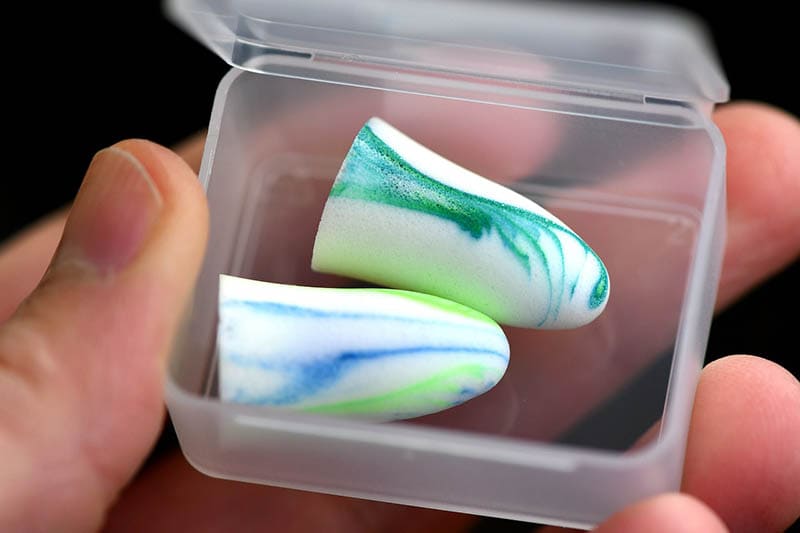
Foam earplugs are the most affordable type you can get. They’re cheap insurance to safeguard your hearing. You’ll also see pre-molded products that may be reusable. They’re not as effective as the foam kind, but they will suffice if it isn’t loud.
Of course, ear muffs will cost the most. They also offer some extra head protection because of their size, which may make them worth the investment.
Conclusion
Hearing protection is an essential purchase if you work someplace where it’s loud. They can also come in handy when doing DIY work that involves power equipment. You may also find them helpful when using garden tools, such as lawnmowers or snow blowers. We strongly urge you to wear hearing protection whenever the ambient sound is louder than a vacuum cleaner.
- https://www.merckvetmanual.com/dog-owners/description-and-physical-characteristics-of-dogs/description-and-physical-characteristics-of-dogs#v3199632
- https://www.merckvetmanual.com/cat-owners/description-and-physical-characteristics-of-cats/description-and-physical-characteristics-of-cats
- https://www.ncbi.nlm.nih.gov/books/NBK10924/
- https://www.cdc.gov/niosh/docs/98-126/pdfs/98-126.pdf?id=10.26616/NIOSHPUB98126
- https://www.cdc.gov/nceh/hearing_loss/what_noises_cause_hearing_loss.html
Featured Image Credit: Thermchai, Shutterstock
Contents
